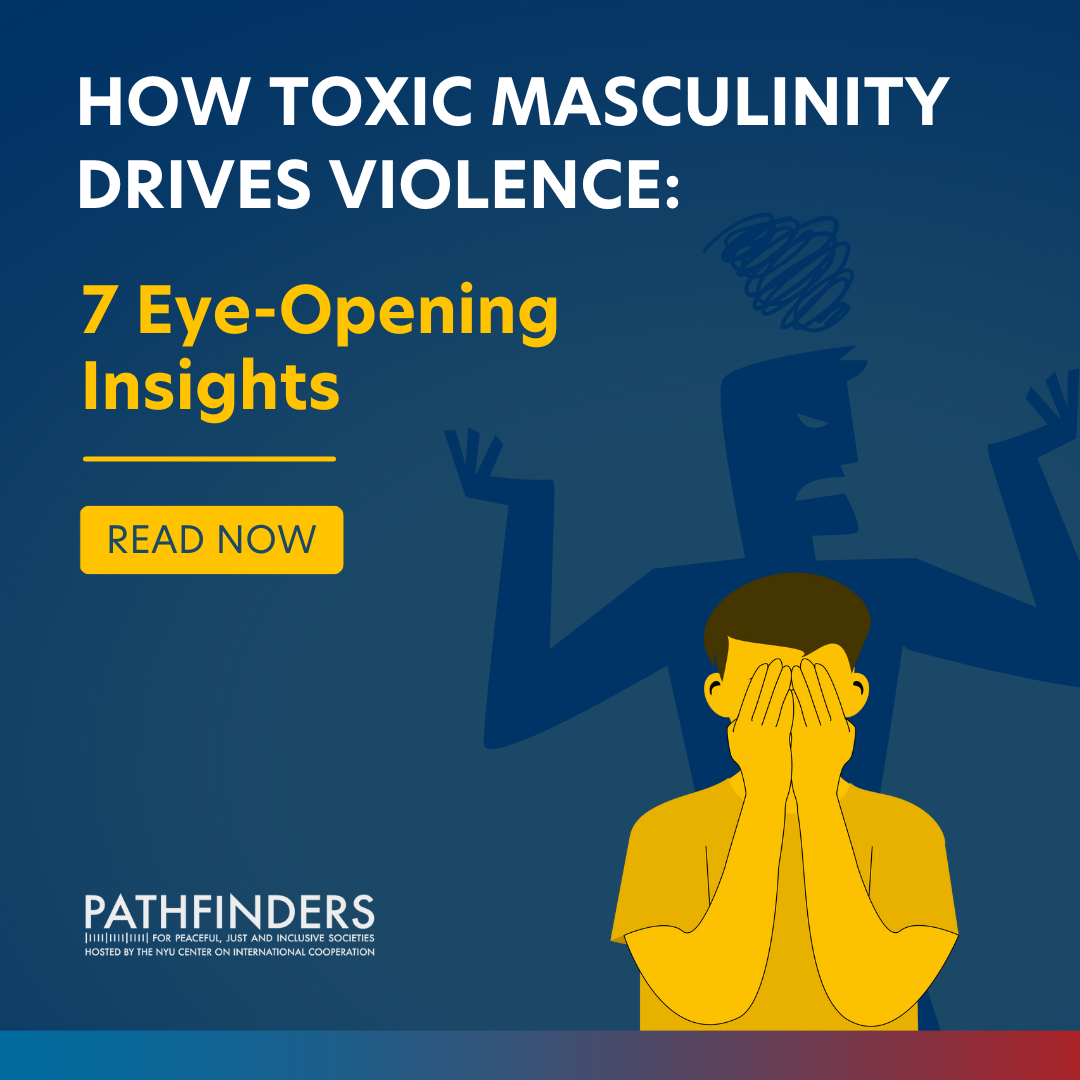How Toxic Masculinity Drives Violence: 7 Eye-Opening Insights

#1: Men are both perpetrators and victims of violence
Men make up the majority of both perpetrators and victims of violence. Over 80 percent of homicide victims are men and boys, a startling statistic linked to certain cultural pressures that can shape male identities around dominance and toughness.
#2: Militarized masculinities shape male behavior
The idea that being tough, violent, or physically dominant is a male trait has its roots in specific concepts of masculinity that have spread from some military to state institutions and then to society at large—and can be exploited to drive boys and men to use violence to assert their social status.
#3: Small arms and “manliness” go hand-in-hand
Guns are often seen as symbols of manliness, with over 90 percent of small arms in civilian hands owned by men. Media, advertising, video games, and movies reinforce the connection between gun ownership and masculinity, promoting and misconstruing violence as an accepted aspect of male identity.
#4: Violent masculinities endanger everyone
While men and boys are often the primary victims and perpetrators, violent masculinities also harm women, girls, and marginalized groups, including LGBTQIA+ individuals. Domestic violence, femicide, and honor killings are driven by harmful gender norms and patriarchal dynamics.
#5: Education can break the cycle
Programs like Promundo’s “Program H” in Brazil show that education and mentorship can help deconstruct harmful connections between masculinity and violence. Through participatory curriculums, young men are taught about gender equality, reducing their likelihood of engaging in partner violence and other forms of aggression.
#6: Mental health and support are key to change
Initiatives like ABAAD’s Men Center in Lebanon offer support to men and boys, assisting them to challenge patriarchal notions of masculinity and embrace non-violent behavior. This approach has led to positive changes not only at an individual level but also in shaping national policies in the Middle East and North Africa.
#7: Community-based programs offer alternatives to violence
Programs like Young Men’s Clubs Against Violence (YMCAV) in the Democratic Republic of the Congo provide young men with alternatives to violent lifestyles by shifting norms around masculinity. These community-focused efforts help reduce gang recruitment and promote non-violent expressions of manhood.
Conclusion
This exploration of masculinity, violence, and gender norms highlights the need for society-wide efforts to define male identities away from dominance and aggression. By challenging and reshaping harmful visions of masculinity, we can create safer and more equitable communities for everyone.
Learn more
Curious about how to tackle global violence? Our comprehensive report delves into these findings and offers practical solutions to halve global violence by 2030. Check it out on our website and join the fight to create a more peaceful world!
